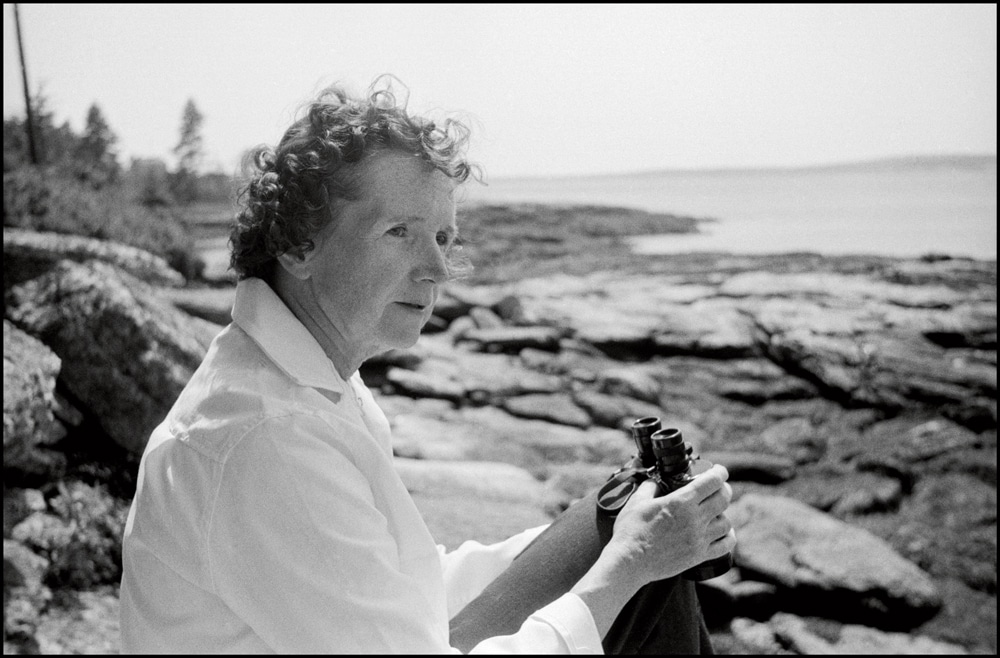Her Heart’s Home | Timeless New England
Sixty years ago, Olga Huckins of Duxbury, Massachusetts, sent a letter to a friend describing the state’s aerial spraying of DDT on her property. Furious and frightened by the dead songbirds she’d seen afterward, Huckins thought her friend could help raise the alarm about this “spraying of poisons from the air.” The friend was writer […]

Coffee By Design | Portland, Maine
Photo Credit : Katherine Keenan
Photo Credit : Erich Hartmann/Magnum Photos
Sixty years ago, Olga Huckins of Duxbury, Massachusetts, sent a letter to a friend describing the state’s aerial spraying of DDT on her property. Furious and frightened by the dead songbirds she’d seen afterward, Huckins thought her friend could help raise the alarm about this “spraying of poisons from the air.”
The friend was writer and biologist Rachel Carson, and the letter would ultimately spark Carson’s 1962 book, Silent Spring. A passionate warning about the long-term dangers of pesticides such as DDT, Silent Spring was more than just a best-seller: It also became the most influential environmental book of the 20th century.
That Carson’s landmark work has this link to coastal New England is fitting. Though she was born in Pennsylvania and lived much of her adult life near Washington, D.C., the ocean had Carson in its thrall from her first visit to Woods Hole, Massachusetts, where she worked at the Marine Biological Laboratory and later the U.S. Fisheries station. Today in Woods Hole, a bronze statue of Carson graces the waterfront, eyes forever fixed on the sea.
It was in Maine, however, where Carson found her heart’s home. In 1953 she built a long-dreamed-of summer cottage on a “perfectly magnificent piece of Maine shoreline” on Southport Island. Calling it Silverledges, Carson could look out from its picture windows and see seals and even whales in the Sheepscot River estuary; below the cottage were the tidal pools she loved exploring with her grandnephew, Roger.
Though she had just 11 summers at Silverledges before succumbing to cancer at age 56, Carson left a lasting mark on her adopted home state. Memorials bearing her name include a coastal greenway stretching 20 miles along the Sheepscot; a 78-acre salt pond preserve in New Harbor, where she researched her 1955 book The Edge of the Sea; and a national wildlife refuge that protects some 7,600 acres between Kittery and Cape Elizabeth.
And on Southport Island, at the end of a certain rocky trail to the water’s edge, there is a simple bronze plaque marking where Carson’s ashes were scattered—this “writer, ecologist, and champion of the natural world … here at last returned to the sea.” —Jenn Johnson







